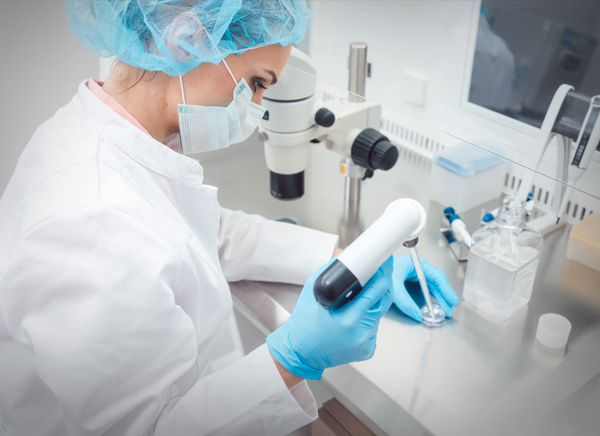The Most Overlooked Fact About Regenerative Medicine
 Regenerative Medicine refers to replacing human and animal cells in tissues and organs. It is an innovative way to address degenerative conditions. It has the potential to repair the body and restore its ability to function normally. In some cases, the goal of regenerative medicine is to replace entire organs. In other cases, it can help create new organs or tissues. You may find more details about this at Chandler Joint Pain Treatment – QC Kinetix (Chandler)
Regenerative Medicine refers to replacing human and animal cells in tissues and organs. It is an innovative way to address degenerative conditions. It has the potential to repair the body and restore its ability to function normally. In some cases, the goal of regenerative medicine is to replace entire organs. In other cases, it can help create new organs or tissues. You may find more details about this at Chandler Joint Pain Treatment – QC Kinetix (Chandler)
Regenerative medicine involves small molecules and cell structures that are responsible for cell growth and reproduction. They are found in a variety of tissues, including blood, skin, bone, and muscle. One form of regenerative medicine uses specialized stem cells grown in a laboratory. These cells can be programmed to behave like specific types of cells.
Patients should expect minimal to no side effects following stem cell therapy. This treatment is an outpatient procedure. Most patients recover well within a few days. The most common side effects are minor bruising and some discomfort at the injection site. However, these should go away quickly, so patients should be able to resume their normal activities as soon as possible.
Regenerative medicine seeks to replace human and animal cells in tissues and organs. In this way, it restores the missing organ mass and normal structure. The ultimate goal of regenerative medicine is to restore the patient to full health. This is achieved through a combination of surgery, biochemical treatments, and stem cell therapy.
Regenerative medicine also focuses on developing therapies that improve the inherent regenerative abilities of the host. These therapies range from cell injections to immune modulation. In addition to stem cell therapies, regenerative medicine also aims to improve the ability of the body to regenerate damaged tissues. Ultimately, this type of treatment will be more effective and can be applied to a wide variety of conditions.
While it is still early in its development, regenerative medicine has the potential to repair damaged tissue, replace damaged organs, and even normalize certain conditions. Promising preclinical and clinical studies suggest that these techniques can be useful in treating acute insults as well as chronic diseases. Regenerative medicine also promises to improve the health and wellness of patients suffering from various illnesses and conditions.
Mesenchymal stem cells, which are derived from the marrow of an adult, are suitable for regenerative medicine. They can be easily isolated, expanded, and used in therapeutic applications. Mesenchymal stem cells have the potential to treat a much wider range of conditions than somatic cells can. For this reason, research on these cells is ongoing worldwide. They can also target specific conditions. While somatic cells are useful in certain cases, these therapies have only limited applications.
Regenerative medicine is the next evolution of medical treatments. It can help patients recover faster, with improved function. And, despite its high cost, it is expected to be a valuable asset for patients.
 Regenerative medicine involves engineering and using cells in a laboratory to repair and regenerate damaged tissue. The goal of regeneration is to improve function and restore health. These treatments can also be used to repair congenital defects, such as missing corneas or thalassaemia. Ultimately, regenerative medicine can build a bridge between pharma and regen. Click to investigate
Regenerative medicine involves engineering and using cells in a laboratory to repair and regenerate damaged tissue. The goal of regeneration is to improve function and restore health. These treatments can also be used to repair congenital defects, such as missing corneas or thalassaemia. Ultimately, regenerative medicine can build a bridge between pharma and regen. Click to investigate